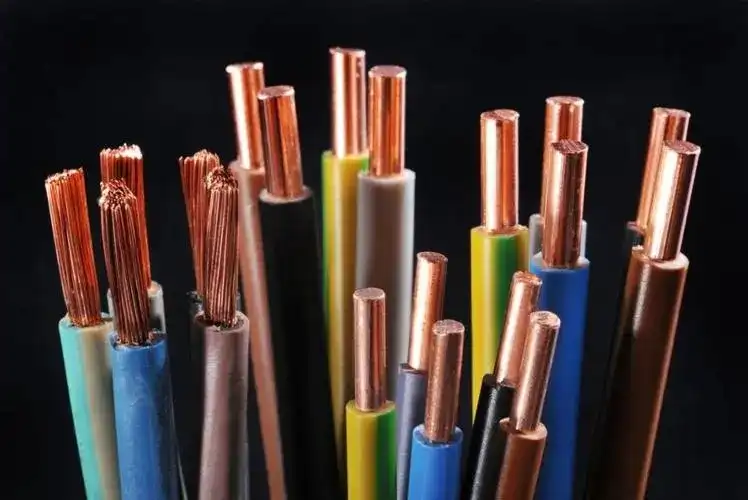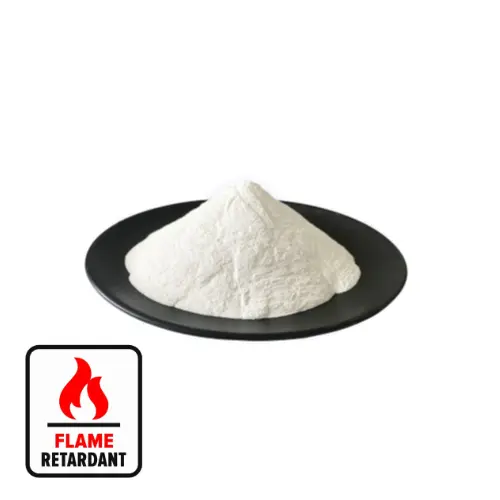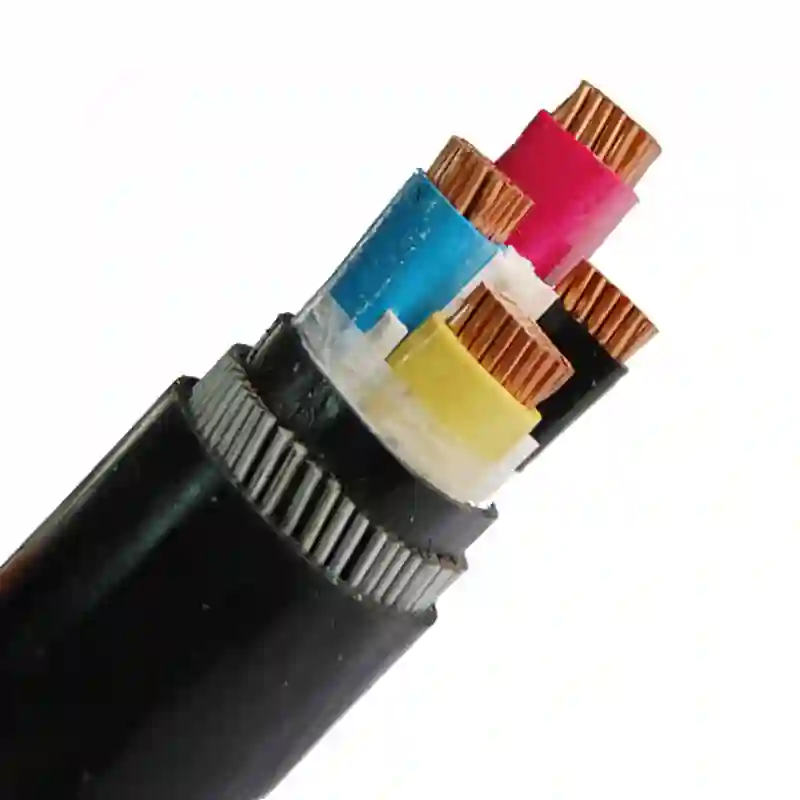I. Overview
In recent years, the cobalt industry chain has changed, from cobalt ore-based to cobalt hydrometallurgy crude cobalt hydroxide, and its import ratio has increased rapidly. As a large smelting and processing country, China has a huge import volume. Studying the production process of crude cobalt hydroxide is conducive to further estimating the production of cobalt in the Democratic Republic of the Congo. One of the processes is cobalt precipitation with reactive magnesium oxide.
2. Advantages
Reactive magnesia is widely used as a cobalt precipitation agent, with less dosage and low cost. It can also save logistics and storage expenses, and is also an environmentally friendly solution for the production of cobalt products. The reactive magnesium oxide produced by Messi Biology has small particles and a large ratio of surface atoms to bulk atoms. Due to the existence of a large number of surface atoms and surface defects, the diffusion speed of surface atoms is very fast, so it has extremely high chemical properties. Reactive and physisorbent, very suitable for the precipitation of nickel and cobalt.
3. Practice conclusion
After repeated practice at Messi Biology, it is concluded that two-stage cobalt precipitation, one stage cobalt precipitation using magnesium oxide, and two stage cobalt precipitation using slaked lime, can produce high-grade crude cobalt hydroxide products, while ensuring the recovery of cobalt precipitation High rate. The results show that when the temperature is around 50°C, the reaction time is 4 hours, and the end point pH value is 8.0, the magnesium oxide cobalt precipitation effect is better, and the obtained cobalt hydroxide grade is higher than 36% (more than 11% higher than the traditional sodium carbonate precipitation cobalt) ), the cobalt recovery rate is greater than 99%, and the utilization rate of magnesium oxide can reach 91%, which is the best choice for cobalt precipitation agent. The magnesium precipitation wastewater produced in the whole process basically does not contain other metal ions except calcium ions, and can be discharged or recycled after being neutralized to meet the discharge standards, without affecting the environment and ecological development.



